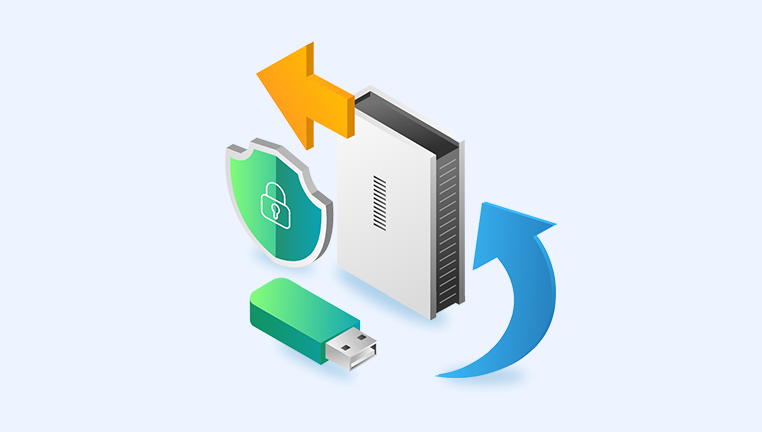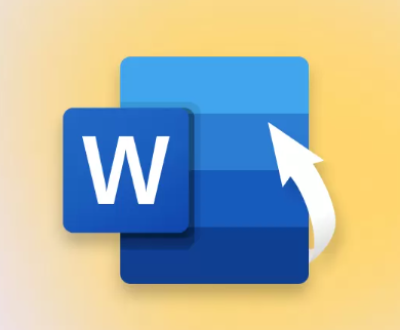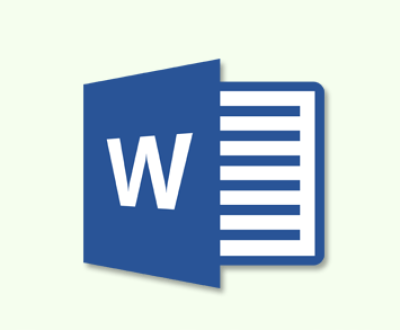3D printing has revolutionized the way we create and manufacture objects, making it accessible to hobbyists and professionals alike. Anycubic is a well-known manufacturer of 3D printers, offering a range of models suited for various applications. However, users sometimes encounter issues when trying to load STL files from USB drives onto their Anycubic printers.
1. STL Files
STL (Stereolithography) files are a widely used file format in 3D printing. They represent the surface geometry of a 3D object without any color, texture, or other attributes. STL files consist of a collection of triangles that define the shape of the object. For Anycubic printers to read these files, they must be properly prepared and saved in a compatible format.

2. Common Reasons for Reading Issues
2.1 Unsupported File Format
While STL files are a common format for 3D printing, Anycubic printers often require the files to be in a specific format. Some models may only accept G-code files, which are generated from STL files after slicing. Ensure that you have sliced your STL file using appropriate slicing software (like Cura, PrusaSlicer, or Anycubic’s own slicer) and saved it as a G-code file.
2.2 USB Drive Compatibility
Not all USB drives are compatible with 3D printers. Here are some factors to consider:
File System: Ensure the USB drive is formatted to FAT32. as most printers do not support NTFS or exFAT. To check or change the file system:
Connect the USB drive to your computer.
Right-click the drive in File Explorer and select “Format.”
Choose FAT32 from the file system options and proceed.
Drive Size: Some printers have limitations on the size of the USB drive they can read. A drive with excessive storage (e.g., over 32 GB) may cause issues. If possible, use a smaller USB drive (8 GB to 16 GB) to test if it resolves the problem.
2.3 File Naming Conventions
File names can affect the ability of your Anycubic printer to read files. Consider the following:
Character Limit: Ensure the file name is not excessively long. Shorter, simpler names are generally more effective.
Special Characters: Avoid using special characters, spaces, or symbols in the file name. Stick to alphanumeric characters (A-Z, a-z, 0-9) and underscores (_).
3. Printer Settings and Firmware
3.1 Firmware Updates
Outdated firmware may cause compatibility issues with newer file formats or USB drives. Regularly check the Anycubic website for firmware updates specific to your printer model. To update the firmware:
Download the latest firmware from the Anycubic website.
Copy the firmware file to the root directory of your USB drive.
Insert the USB drive into the printer and follow the update instructions.
3.2 Printer Settings
Incorrect printer settings may lead to reading issues. Ensure that your printer is configured to read files from USB drives:
Check the printer menu for options related to file reading or USB settings.
Perform a factory reset if issues persist, but be aware this will erase any custom settings.
4. File Integrity
4.1 Corrupted Files
Corrupted STL files may not load properly. To check for corruption:
Open the STL file in slicing software and check for errors.
Use tools like Microsoft’s 3D Builder or Meshmixer to repair the file before slicing.
4.2 Slicing Settings
Ensure you are using correct slicing settings for your model:
Select the correct printer profile in your slicing software.
Adjust parameters such as layer height, print speed, and infill density to match your printer’s specifications.
5. Testing and Troubleshooting
5.1 Try a Different USB Drive
If you are still experiencing issues, try using a different USB drive to rule out compatibility problems.
5.2 Test with Sample Files
Use a known good STL or G-code file provided by Anycubic or downloaded from reliable sources. If this file works, the issue likely lies with your original files.
6. Contacting Support
If none of the above solutions work, consider reaching out to Anycubic support for further assistance. Provide them with details about your printer model, firmware version, and a description of the problem.
While issues with Anycubic printers not reading USB STL files can be frustrating, they are often resolvable through careful troubleshooting. By ensuring compatibility in file formats, USB drive formatting, naming conventions, and firmware updates, users can enhance their 3D printing experience. If problems persist, don’t hesitate to seek professional help from Anycubic support. Happy printing!
About us and this blog
Panda Assistant is built on the latest data recovery algorithms, ensuring that no file is too damaged, too lost, or too corrupted to be recovered.
Request a free quote
We believe that data recovery shouldn’t be a daunting task. That’s why we’ve designed Panda Assistant to be as easy to use as it is powerful. With a few clicks, you can initiate a scan, preview recoverable files, and restore your data all within a matter of minutes.
Subscribe to our newsletter!
More from our blog
See all postsRecent Posts
- How to recover accidentally deleted files 2025-07-01
- How do i recover a file i accidentally deleted 2025-07-01
- How to recover an accidentally deleted file 2025-07-01

 Try lt Free
Try lt Free Recovery success rate of up to
Recovery success rate of up to









